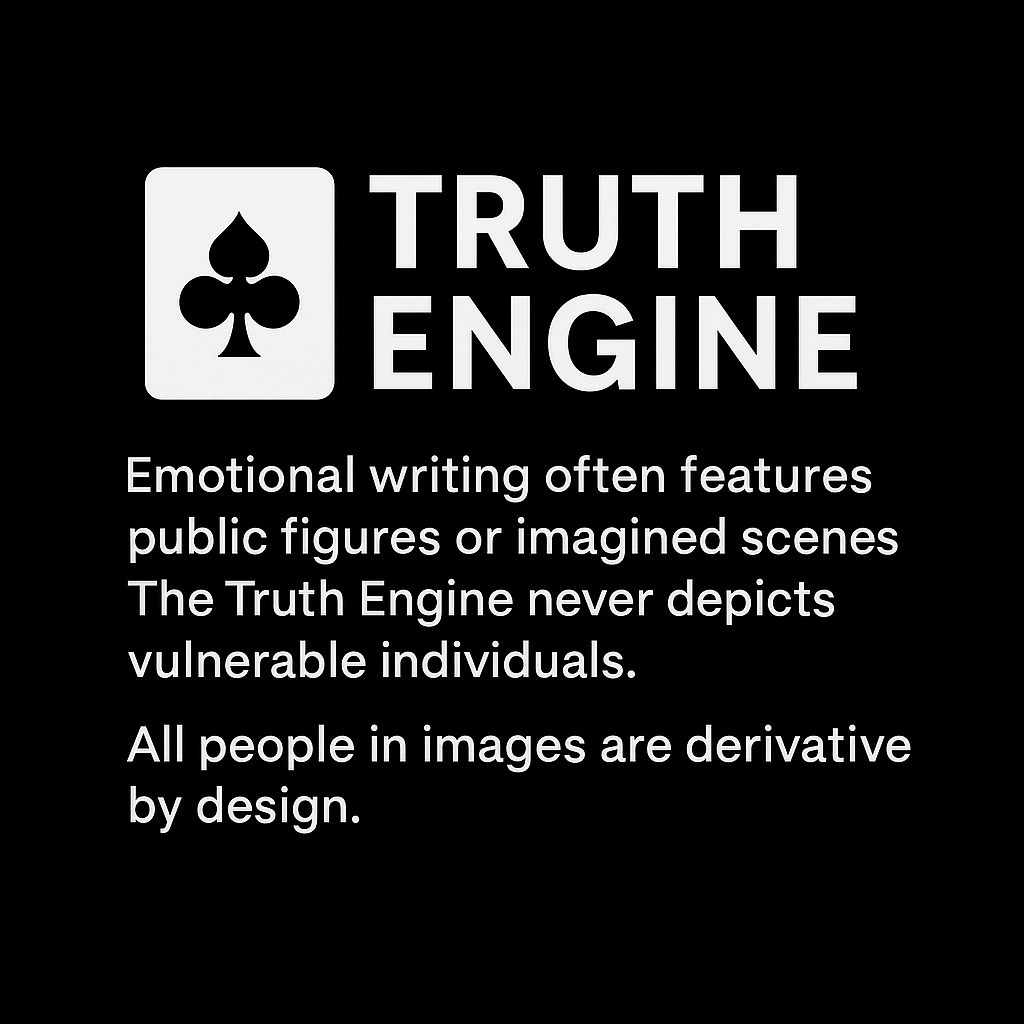THE DECK | $141 Trillion Bond Market Collapse
The world may be facing an unprecedented bond market meltdown — one so massive that observers warn it could dwarf the 2008 financial crisis by orders of magnitude.
JPMorgan Chase CEO Jamie Dimon has sounded alarms about a coming “crack” in the bond market, cautioning that recent excesses in government debt and easy money will inevitably lead to turmoil.
“We borrowed and spent $10 trillion from 2020 to today”, Dimon said, “and you’re going to see a crack in the bond market … you’re going to panic.”
The $141 Trillion Fixed-Income Time Bomb
The global bond (fixed-income) market is enormous — around $141 trillion in value.
That’s significantly larger than the world’s equity market and roughly 100 times the scale of the subprime bubble that triggered 2008.
Decades of ultra-low interest rates lulled investors and officials into treating bonds — especially U.S. Treasuries — as “risk-free,” fueling a borrowing binge.
Even a small percentage decline can vaporize trillions in wealth.
Now, rates have spiked. Existing bonds are plunging, refinancing costs are soaring, and the “bond vigilantes” are back, demanding higher yields. Dimon warns that if this spiral continues, governments may soon reach the point where they “cannot sell more debt.”
Enron-Style Shenanigans in the Debt World
Parts of this colossal edifice are built on accounting tricks and “Enron-type” financial engineering.
Just as Enron hid liabilities off-balance-sheet, today’s public authorities and institutions have obscured debts or pushed payments into the future.
Example: In the 2000s, Wall Street peddled Capital Appreciation Bonds (CABs) to U.S. school districts.
These bonds require no payments for 20–40 years while interest quietly compounds. A $105 million loan can morph into a $1 billion repayment.
California districts issued over $500 billion of such bonds, ultimately obligating taxpayers to repay more than $2 trillion.
The result: “debt for the next generation.” Treasurers called it a Ponzi-like scheme — refinancing old bonds with new ones, hiding the true cost until tomorrow.
Deregulation and Legal Liabilities
“Forgive” Debt by Changing the Rules?
Deregulation has been floated as a way to avert collapse — essentially by rewriting rules to make liabilities disappear.
Former President Donald Trump once remarked that rolling back regulations could “wipe out a couple trillion in liabilities.”
Analysts interpret this as referring to massive corporate legal exposures — especially climate lawsuits facing oil and gas giants.
Oxford research suggests Chevron alone could face $8.5 trillion in potential damages, while the top 25 polluters could be liable for $20 trillion from past emissions.
Loosening rules or granting immunity can erase these debts on paper — but not in reality. The costs simply shift to the public.
As Dimon put it, “mismanagement at all levels of government” has brought us here. Changing laws to erase liabilities might buy time, but it doesn’t make the $141 trillion problem go away.
Cracks Forming — Not Just a U.S. Problem
Corporate Debt Crunch
Years of easy money led to a corporate borrowing boom. Now, as rates rise, defaults are ticking up — from auto-loan lenders to parts manufacturers. Markets “priced for perfection” are unwinding.
European Woes
Italy’s debt-to-GDP is ~145%. As the ECB withdraws QE, borrowing costs are soaring. UK gilts and German bunds have suffered record losses.
China’s Hidden Debts
China’s local governments carry at least ¥40 trillion ($5.8 T) in off-balance-sheet debt. Some analysts say the true figure exceeds ¥100 trillion. Beijing is scrambling to swap these loans onto the central balance sheet — its own version of a municipal bond bailout.
Global Contagion
The bond market is interconnected. A meltdown in U.S. Treasuries or Chinese debt would send shockwaves worldwide. The crack will not be local — it will be global.
Who Is Responsible for This Mess?
Wall Street & Big Banks: Engineered complex products and manipulated benchmarks like LIBOR ($300 T affected).
Reckless Politicians: Enabled toxic bonds and runaway deficits ($33 T U.S. federal debt and rising).
Central Banks: Held rates near zero for a decade and then spiked them, popping their own bubble.
Rating Agencies & Pensions: Rubber-stamped “safe” bonds and chased yield without due diligence.
The ethos of short-term profit over long-term stability created a fragile financial order.
How to Protect Your Wealth from a Bond Collapse
1️⃣ Rethink the 60/40 Portfolio
Reduce exposure to long-term bonds. Favor short T-bills (3-month range) to limit price risk.
2️⃣ Avoid Debt-Heavy Firms
Prioritize companies with “fortress balance sheets” — low debt, high cash. They survive credit crunches and buy weaker rivals cheap.
3️⃣ Hold Some Cash
Cash is king in crisis. Liquidity lets you ride out panics and buy bargains later.
4️⃣ Diversify into Real Assets
Gold and silver carry no counterparty risk. Ray Dalio advises 10–15% allocation to gold as insurance.
5️⃣ Consider Bitcoin (with Caution)
Robert Kiyosaki and others view Bitcoin as “digital gold.” It’s volatile but may hedge against fiat debasement.
6️⃣ Stay Informed and Agile
Monitor credit spreads, default rates, and central-bank signals. Know your 401(k)’s bond exposure.
7️⃣ Think Long-Term and Contrarian
Crashes breed opportunity. Preserve liquidity now to buy when fear peaks.
Final Thoughts
The $141 trillion bond bubble may be the greatest financial imbalance in history.
From governments to school districts to households, the world is awash in debt.
Awareness is the first step toward action.
Reform is still possible if leaders acknowledge the math and reimpose fiscal discipline. If not, the collapse will force reform in the harshest way.
For individuals, the mandate is simple: stay diversified, stay liquid, stay vigilant.
Sunlight and preparation beat panic and denial every time.
Primary Sources Referenced
Jamie Dimon | Nasdaq Interview
Investing.com Analysis
School Bond Scandal Report
Oxford Climate Liability Study
Germanwatch RWE Ruling
Ray Dalio on Gold Allocation
Robert Kiyosaki on Crypto Hedges
⚖️ TRUTH ENGINE | LIABILITY STATEMENT
Truth Engine™ | Predictively Creative
Emotional writing within this publication may feature public figures or composite, imagined scenes intended for commentary.
The Truth Engine never depicts private or vulnerable individuals.
All people and places shown in imagery are derivative by design — stylized, symbolic, or AI-generated — created solely for ethical storytelling, satire, and education.
Nothing herein constitutes financial, medical, or legal advice.
All opinions expressed are interpretive and protected under fair-use and journalistic principles.
➡️ Read the full analytical companion piece: “Unraveling the $141 Trillion Bond Market Collapse.”



